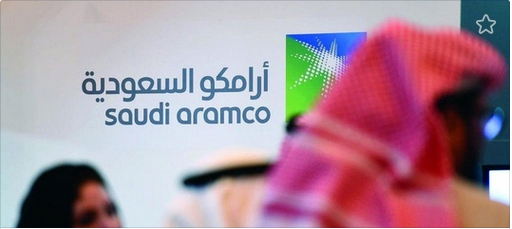On 14 September, state-owned Saudi Aramco’s oil processing facilities at Abqaiq and Khurais in the Eastern Province were the target of a sophisticated drone and cruise missile attack. The Houthis of Yemen were quick to claim responsibility for “Operation Deterrent Balance 2”, which more than halved Saudi Arabia’s oil output and caused a surge in oil prices by 20 per cent at one point.
If true, this would be their most significant and daring attack in the Kingdom to date. A month ago, they carried out the first “Operation…” using 10 drones against the Shaybah oil fields in south-east Saudi Arabia near the border it shares with the UAE.
Houthi military spokesman Yahya Saree said that new drones had been used, which likely refers to the long-range Samad-3, unveiled officially on 7 July by the Supreme Political Council and named after former Council president Saleh Ali Al-Samad who was killed in a Saudi-led coalition drone strike last year. The same “suicide UAV” Samad-3 was used by the Houthis to strike Abu Dhabi’s International Airport last year.
However, dismissing the Houthi claims, both the Saudis and the US are intent on laying the blame on Iran. Describing the events as an “act of war”, US Secretary of State Mike Pompeo has stated explicitly that Iran carried out the operation and requested all nations to “unequivocally condemn Iran’s attack”, thus leaving no room for an alternative narrative. US President Donald Trump, meanwhile, has been less keen to label Iran as the perpetrator.
Continue reading Here

